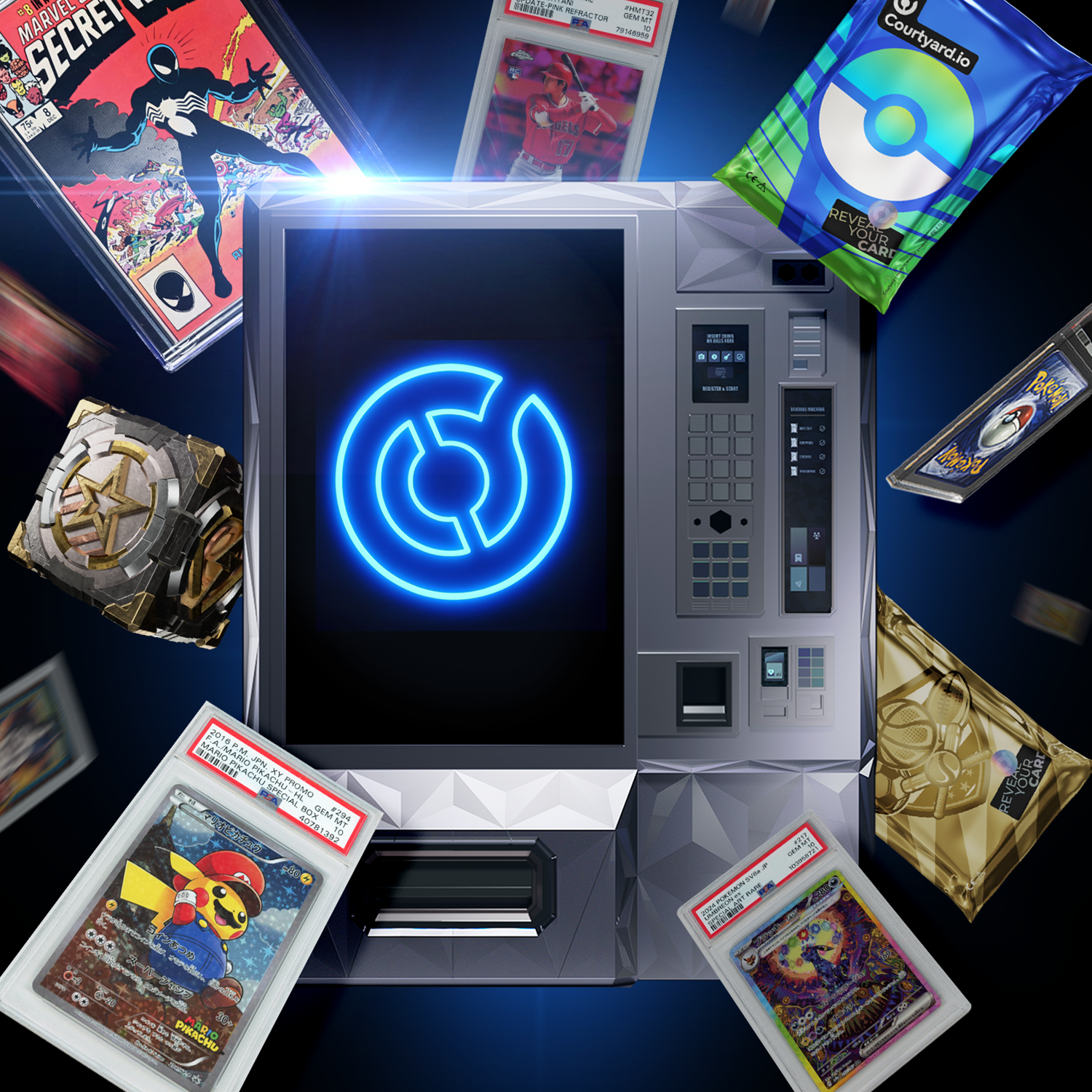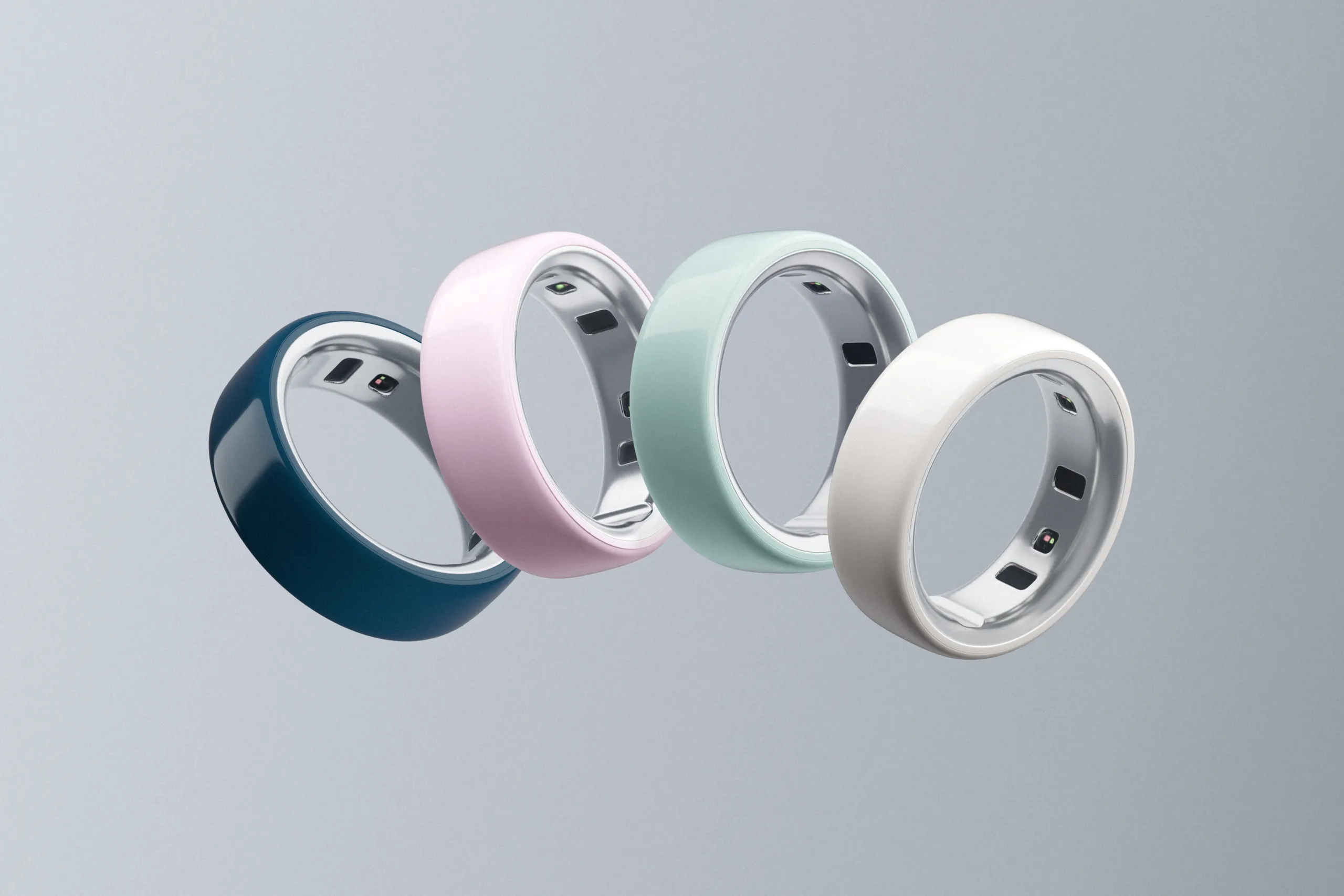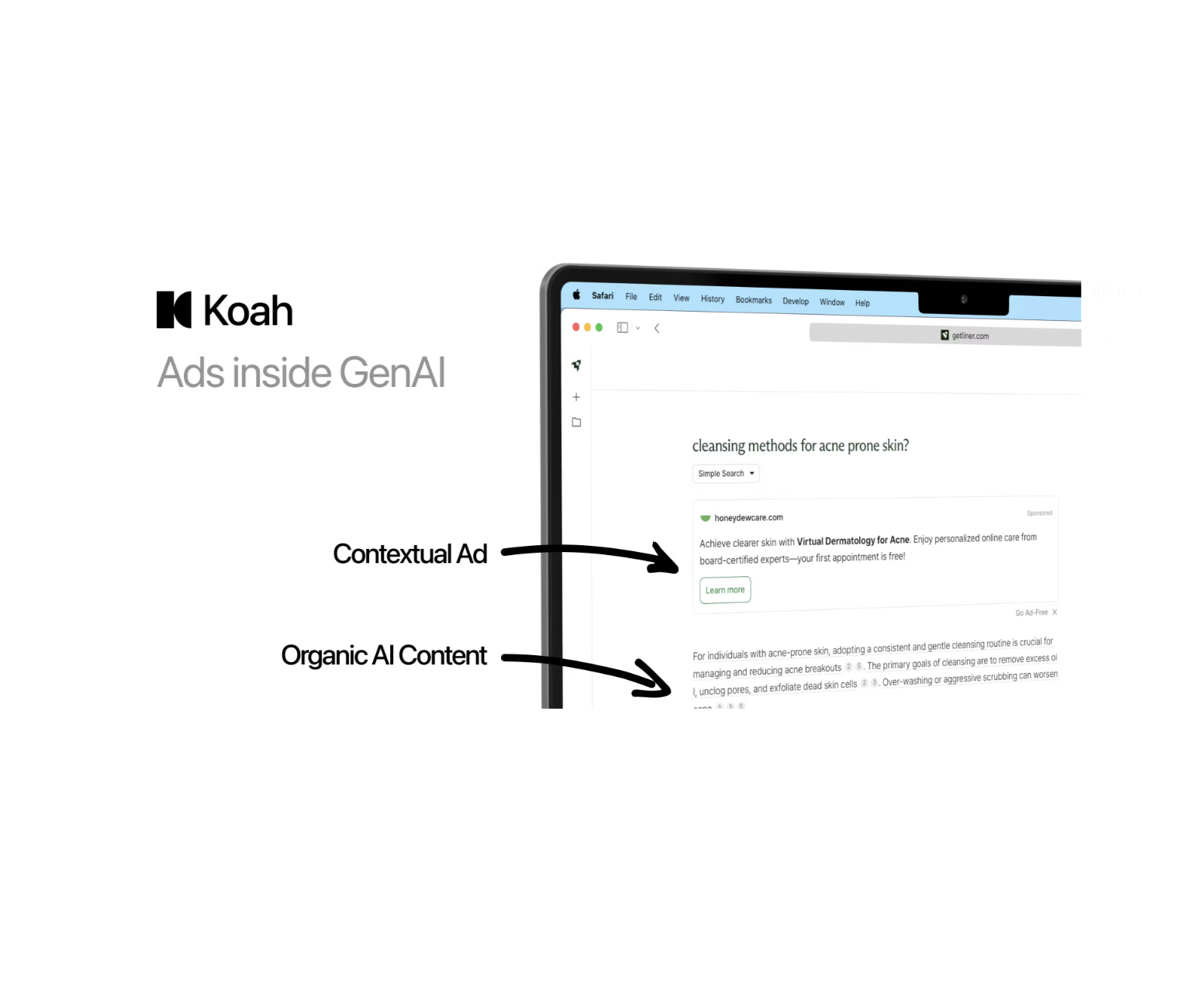We’ve been tracking the rise of the collectibles space for a while, and it’s clear this isn’t just a passing trend. It’s a reflection of a broader, more durable shift: the blending of social, commerce, gaming, and entertainment into a new kind of interactive experience — especially for younger consumers. As social media has become less about true connection and more about passive media consumption, people are looking for new places to play, express themselves, and engage. Perhaps the best, most recent example is Labubu, an IP owned by $40b commerce giant PopMart and primarily sold as a “blind box” – every box has a chance of yielding a different type of Labubu, some rarer than others, which incentivizes collectors to buy multiple boxes until they can collect them all. More generally, the $500B collectibles market is experiencing a significant increase in interest driven by live sellers and new creators, and a proliferation of card shops & trade shows.
Courtyard fits squarely into these shifts by productizing an existing consumer behavior around “repacking” where sellers bundle products and grails they’ve already pulled into a mystery box experience. They also add a twist: for every card that is pulled out of their inventory, they offer an instant buyback at 90% of a product’s fair market value. Courtyard gives the mystery box a fun, trustworthy, and low-friction rendition, creating the first real-time, liquid marketplace of collectibles. This ultimately makes the space much more approachable to broader sets of consumers, because the experience feels more like a treasure hunt rather than a static experience.
A New Approach to Collectibles
Courtyard stands out as the first collectibles marketplace that’s actually designed to be liquid. That might sound like a small thing, but it’s a big unlock: it lowers the barrier to entry in a category that’s historically been tough to navigate — and it adds a level of stickiness that simply wasn’t possible before. This isn’t just incremental improvement; Courtyard is offering a fundamentally better product experience: real-time inventory, more transparency, de-risked outcomes, and a greater sense of fairness baked in at every level. This is made possible by:
- Instant liquidity, transparency, and fairness for all buyers
- In-house software that turns static assets into dynamic, revolving inventory, supporting sustained engagement
- A pricing and logistics moat that flips working capital into a virtuous flywheel
Together, these dynamics enable Courtyard to offer a much more full-featured experience that transforms collecting into a modern form of commerce and entertainment.
The Product Wedge
Courtyard’s brilliance is in abstraction. Users don’t browse listings but instead buy “packs,” sight unseen, with cards stored and traded in a secure vault. This is layered with an entirely unique, new option to sell cards back to Courtyard right away at 90% of their fair market value if they don’t want what they get. This offers instant liquidity and derisks the outcome of being stuck trying to resell cards on various peer-to-peer platforms.
This simple UX — one click, one pack, immediate tradeability — unlocks liquidity across a fragmented, analog market. Unlike traditional marketplaces that rely on infinite SKUs and infinite demand, Courtyard focuses on repeatable, predictable transaction velocity. Average cards trade 6–15x on Courtyard before redemption, illustrating the sheer liquidity and flexibility for users in the marketing. Courtyard now buys tens of thousands of cards every month, making it arguably one of the world’s largest buyers.
Courtyard’s differentiated approach speaks for itself when you consider the growth: the company went from $50,000 in monthly GMV to $50M in monthly GMV in one year. The average card trades on Courtyard eight times per month, showing how this distinct approach has truly unlocked liquidity. Today, Courtyard primarily serves Pokemon and Sports, but recently expanded into comic books, which is already making up 22%+ of the business. With the stickiness of its unique liquid marketplace already proven out, new categories and sectors are on the horizon.
The Team To Win
Courtyard’s Co-Founders Nicolas De Jeune and Paulin Andurand built Courtyard after time at YouTube, Google Cloud, and Apple. What began as an NFT experiment became a flywheel rooted in physical inventory, where customers don’t even necessarily know or care that the platform is on the blockchain — they just care about the liquidity and fairness that’s afforded. Together, they have recruited a team that’s now building one of the fastest-growing collectibles marketplaces — with some categories and platform expansions on the horizon.
Check out Courtyard today, and the new app — coming soon!






